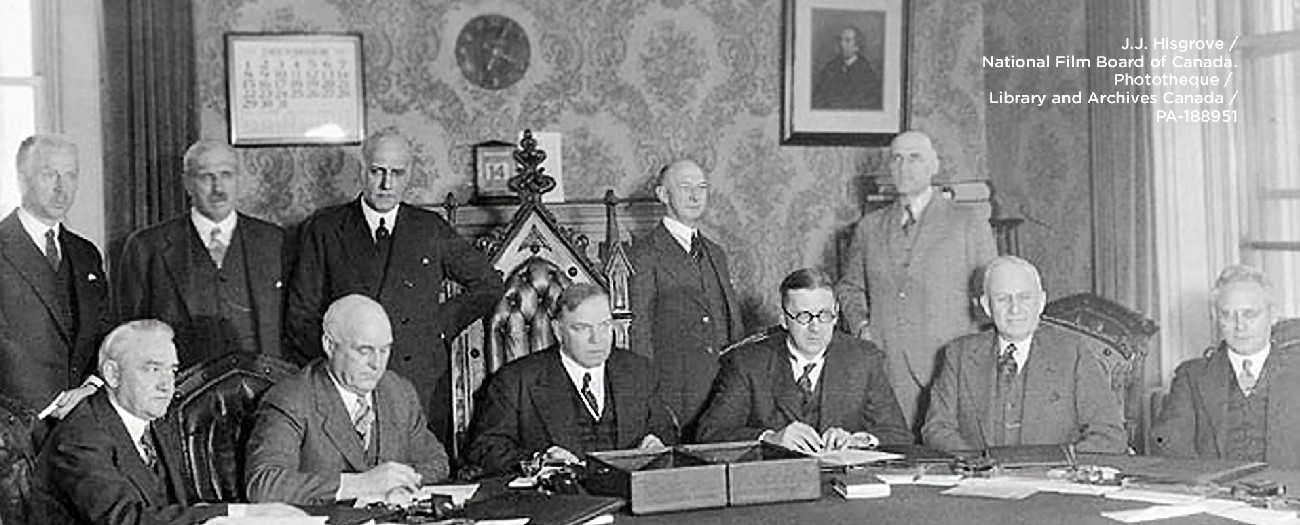The Natural Resources Transfer Act of 1930 meant different things to different communities
Alberta - June 08, 2020Imagine yourself in 1905, when the population for all of Alberta was 250 000, before skyscrapers, grain elevators and pumpjacks lined the landscape, and just as the province joined Confederation.
Back then, the federal government had legal control over the prairie provinces’ natural resources. Federal officials argued they needed the authority to fund the continued settlement of the west and cement Canada’s future. Not surprisingly, the Alberta government disagreed and bristled at the thought that they were not full stewards of what lay within its borders.
Oil and gas exploration and development was in its infancy at the turn of the 20th century, and many oil and gas entrepreneurs saw great potential. As Alberta’s turn-of-the-century population grew, fueled by the promise of land and economic opportunity, a belief spread that the west was indeed won.
Political attention in Alberta turned towards full equality within the dominion, and with it, control over its natural resources. After years of debate, the Natural Resources Transfer Act (NRTA), called by one historian “the forgotten Constitution,” passed on May 30, 1930. But that’s not the whole story.
An Indigenous Perspective
Indigenous people in Alberta have viewed the passing of the NRTA quite differently.
The Constitution Act of 1867 first outlined a federal responsibility for “Indians and the lands reserved for Indians.” The treaties covering lands that became Alberta (treaties 6, 7, and 8 signed between 1876 and 1899), outlined a relationship benefitting First Nations and the federal government, including terms for land access and resource use. But the creation of the NRTA meant that parts of the Constitution had to be revised to delegate some of the federal government’s legal responsibility to the provinces. These changes to the Constitution were done without consultation with indigenous people, and altered how the terms of the treaties were interpreted. From an indigenous perspective, the NRTA is contrary to the spirit and intent of the treaties. The consequences of that action linger today in the form of legal disputes and court battles on issues ranging from hunting rights, to land access, to issues of subsistence and personal freedom.
The NRTA may have granted the province control over natural resources, but it continues to have different meaning to indigenous communities in Alberta.
Sheri Little, Writer


